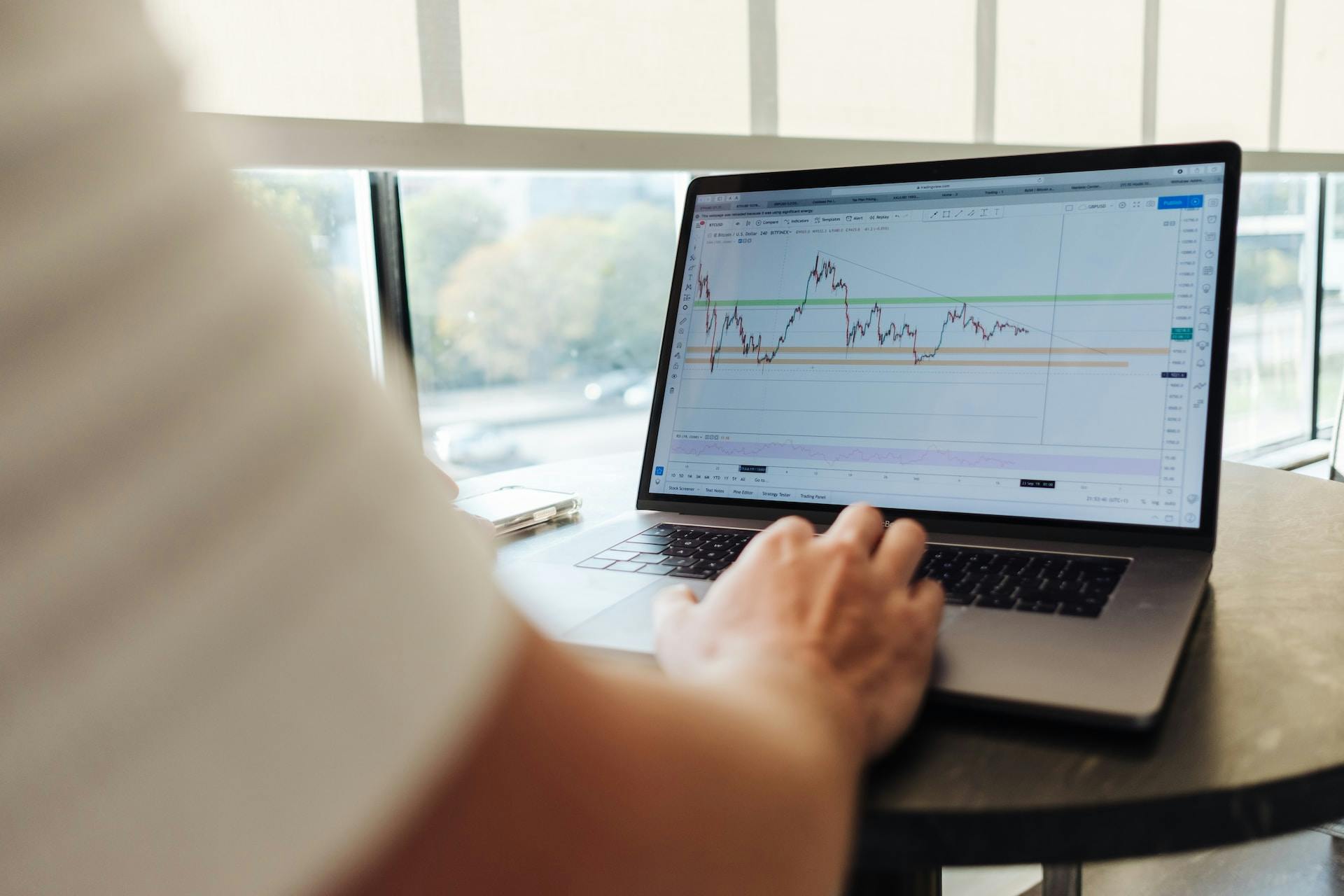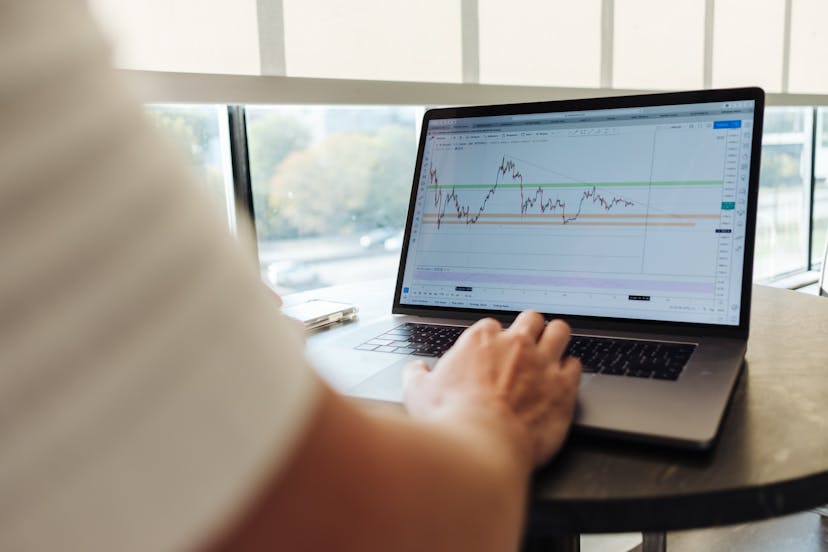Day Trading vs Swing Trading: Choosing the Right Strategy for You

Introduction to Day Trading vs Swing Trading
In the world of financial markets, there are different approaches to trading that investors can employ to maximize their profits. Two popular strategies are day trading and swing trading. While both methods aim to take advantage of short-term price movements, they differ in terms of time horizons and trading styles. In this article about Day Trading vs. Swing Trading, we will explore the differences between day trading and swing trading, their pros and cons, and how to choose the right strategy based on your goals and risk tolerance.
Table of Contents
- Introduction
- What is Day Trading?
- What is Swing Trading?
- Key Differences Between Day Trading and Swing Trading
- Benefits of Day Trading
- Benefits of Swing Trading
- Considerations for Choosing the Right Strategy
- Conclusion
- FAQs
What is Day Trading?
Day trading refers to the practice of buying and selling financial instruments within the same trading day. Day traders aim to capitalize on short-term price fluctuations and make quick profits. They typically close all their positions before the market closes to avoid overnight risks. Day traders use technical analysis, charts, and market indicators to identify entry and exit points for their trades.
What is Swing Trading?
Swing trading, on the other hand, involves holding positions for a longer period, typically from a few days to several weeks. Swing traders aim to capture short-to-medium-term price movements and profit from both upward and downward trends. They analyze charts, patterns, and market trends to identify potential trading opportunities. Unlike day traders, swing traders are not concerned about closing their positions within the same trading day.
Key Differences Between Day Trading vs Swing Trading
While day trading and swing trading share some similarities, there are key differences that set them apart:
- Time Horizon: Day trading has a much shorter time horizon, with trades typically lasting only a few minutes to hours. In contrast, swing trading involves holding positions for days to weeks.
- Frequency of Trades: Day traders execute multiple trades within a day, taking advantage of intraday price movements. Swing traders, on the other hand, take fewer trades and focus on capturing larger price swings.
- Risk and Reward: Day trading can be more volatile and risky due to its short time frame. The potential for quick profits also comes with the risk of significant losses. Swing trading, although still subject to market risks, allows for more measured decision-making and potentially higher returns.
- Time Commitment: Day trading requires active monitoring of the markets throughout the trading day. It demands constant attention and quick decision-making. Swing trading allows for a more flexible schedule, as positions are held for a longer duration.
Benefits of Day Trading
Day trading offers several advantages for traders who thrive in a fast-paced environment:
- Quick Profits: Day traders can potentially make profits within a single trading session, as they aim to capture short-term price movements.
- Liquidity: Day traders focus on highly liquid assets, ensuring they can enter and exit positions swiftly without significant slippage.
- Lower Overnight Risks: By closing all positions before the market closes, day traders eliminate the risk associated with overnight price fluctuations or unexpected news events.
- Active Trading Experience: Day trading provides an exciting and engaging trading experience for individuals who enjoy making quick decisions and monitoring the markets closely.
Benefits of Swing Trading
Swing trading offers its own set of advantages that appeal to traders with a more patient and measured approach:
- Potential for Larger Profits: Swing traders aim to capture significant price swings, which can result in larger profits compared to day trading.
- Reduced Stress: Swing trading allows for a more relaxed trading experience, as traders do not have to constantly monitor the markets throughout the day.
- Less Dependence on Timing: Swing traders are not as reliant on precise timing as day traders. They can wait for confirmation of trends and patterns before entering or exiting positions.
- Opportunity to Ride Trends: Swing traders can benefit from trending markets and hold positions for longer durations, potentially maximizing their profits.
Considerations for Choosing the Right Strategy
When deciding between day trading and swing trading, it is essential to consider the following factors:
- Personality and Trading Style: Assess your personality traits and trading preferences. Are you comfortable with the fast-paced nature of day trading, or do you prefer a more relaxed and patient approach? Choose the strategy that aligns with your natural inclinations.
- Time Commitment: Evaluate how much time you can dedicate to trading. Day trading requires continuous monitoring, while swing trading allows for more flexibility and may be suitable for individuals with other commitments.
- Risk Tolerance: Understand your risk tolerance and ability to handle market volatility. Day trading involves higher levels of risk and can lead to significant losses if not managed properly.
- Capital and Resources: Consider the amount of capital you have available for trading and the resources at your disposal. Day trading often requires a larger capital base due to the need for multiple trades and tighter stop-loss orders.
Conclusion
In conclusion, both day trading and swing trading are viable strategies for profiting from short-term price movements in the financial markets. Day trading offers the potential for quick profits but requires active monitoring and carries higher risks. Swing trading, on the other hand, provides a more relaxed trading experience and the opportunity to capture larger price swings. Choosing the right strategy depends on your personality, trading style, time commitment, and risk tolerance. It is crucial to thoroughly understand the nuances of each approach and practice proper risk management.
FAQs
- Is day trading more profitable than swing trading? Both day trading and swing trading can be profitable if executed correctly. The profitability of each strategy depends on various factors, including market conditions, trader’s skill, and risk management.
- Do I need a large capital to start day trading or swing trading? While having a larger capital can provide more trading opportunities, it is possible to start with a smaller capital base. Proper risk management and position sizing are crucial regardless of the amount of capital you have.
- Which strategy is less stressful: day trading or swing trading? Swing trading is generally considered to be less stressful than day trading. Day trading requires constant monitoring and quick decision-making, which can lead to higher stress levels.
- Can I switch between day trading and swing trading? Yes, it is possible to switch between day trading and swing trading based on your preferences and market conditions. However, it is essential to adapt your trading strategy and risk management accordingly.
- Do I need to have a deep understanding of technical analysis for both strategies? Having a solid understanding of technical analysis can be beneficial for both day trading and swing trading. It helps in identifying potential trading opportunities and making informed decisions.


